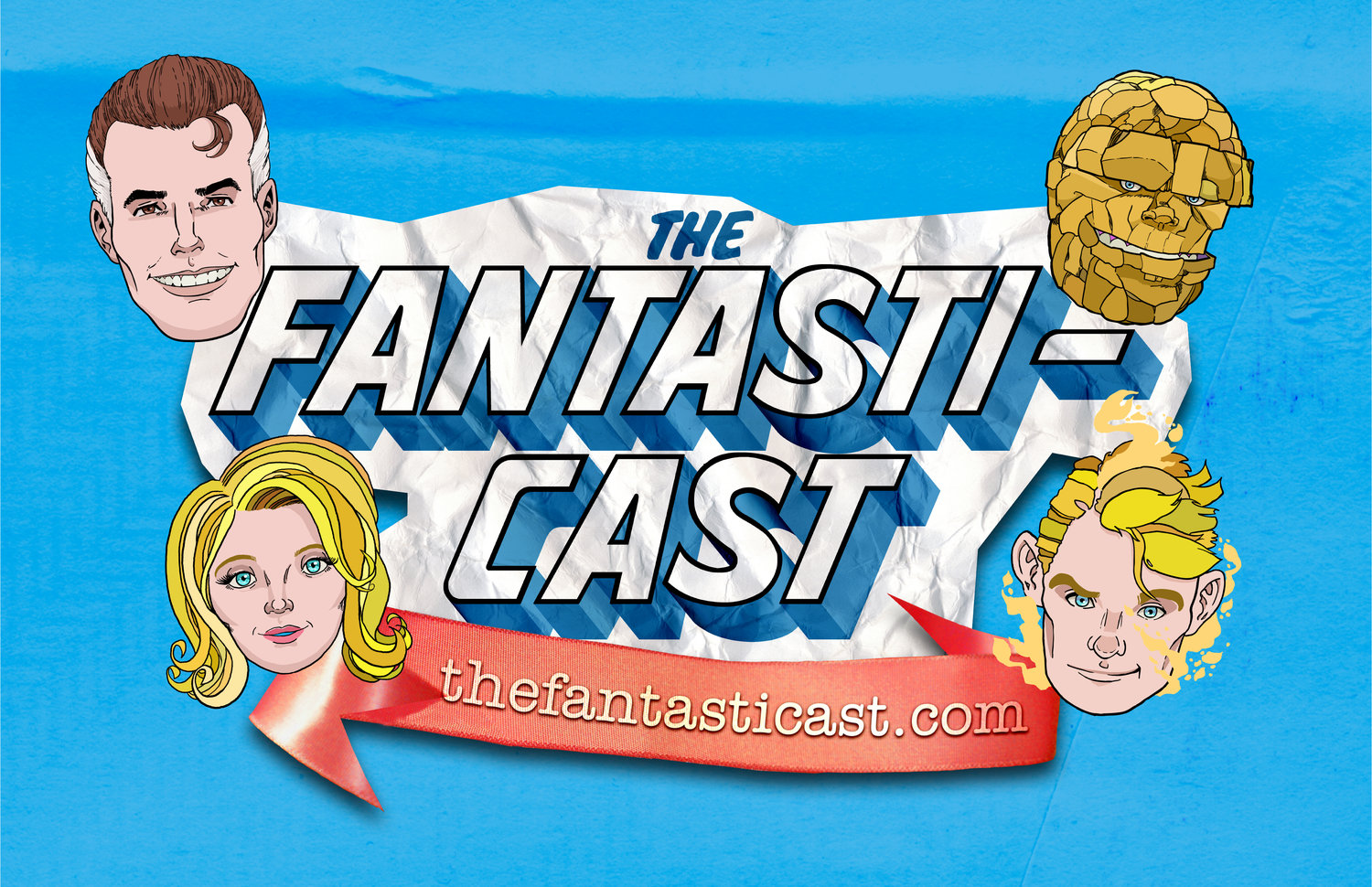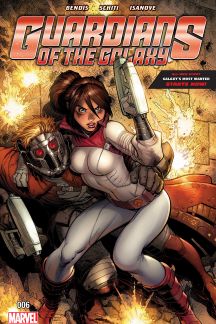Guardians of the Galaxy #7
It's been a few issues since I've talked about the covers to these comics. Art Adams is the primary cover artist, and his detailed art style really works with this cover. This cover does a fantastic job of getting me excited about this issue. The Thing, wielding a sword, riding a dinosaur, clutching a pretty girl. It promises a Conan-esque swords-and-sorcery romp, and the idea of putting the Thing in this genre, with his humour and ability to puncture the po-faced nature of the genre, really attracts me.
Of course, this is a Brian Michael Bendis Guardians of the Galaxy comic, so the contents of the book don't really bear much of a resemblance to the cover. We have a Rocket Raccoon/Thing solo adventure, with the two of them rescuing some people from the Badoon. As with the preceding issue, not much time is spent on why the two heroes are on the planet in the first place. We open with Rocket captured by the Badoon, but Bendis is far more interested in his take on Rocket's banter than he is in providing a reason for him to be in the situation that he's in.
When it comes to focusing on The Thing, I'm conflicted by this issue. He gets a great entrance, leaping from low orbit and landing with enough force to send the Badoon into disarray, and Bendis writes him with an easy relaxation, like a lot of the worries of his time on the Fantastic Four have been lifted and he can just enjoy messing around in space. I rather like this version of the Thing, it's a characterisation that works for me and one that syncs with his new situation.
I'm less enamoured by the story element that sees Ben fall for an alien and sort-of-get married. I think there's a good story to be had out of taking his relaxed attitude further, realising that a lot of his relationship hangups don't apply in space, but everything happens so quickly (literally, the entire scope of this comic doesn't cover more than about an hour, at most) that it feels really hollow. I struggle to believe that Ben would accept this situation without a moment of reflecting on what has come before, and it feels like deeper characterisation has been sacrificed for a not-particularly-interesting story.
Valerio Schiti's artwork continues in the same vein as before. His faces have a weird angular nature to them that definitely shouldn't be present for The Thing. His body acting is exaggerated and, at one point, completely at odds with the script. Rocket cries out 'Mazel too!' before admitting that he has no idea what it means, he only knows it from Kitty, whilst the art puts him in a pose like he's doing an impression of Larry David.
With The Thing taking the spotlight for the first time since the first issue, I was hoping for a good look at how Bendis feels that he fits in with the Guardians of the Galaxy. I can't help feel, however, that this is a huge missed opportunity.
Until I catch-up to month of publication, I'll be able to refer to the sales charts to take a look at how well this book is performing. Guardians of the Galaxy #7 was 45th on the sales charts for March 2016, a fall of 16 places. Sales in North America were estimated to be a little over 40123, a fall of approx. 8207, or 20%.




